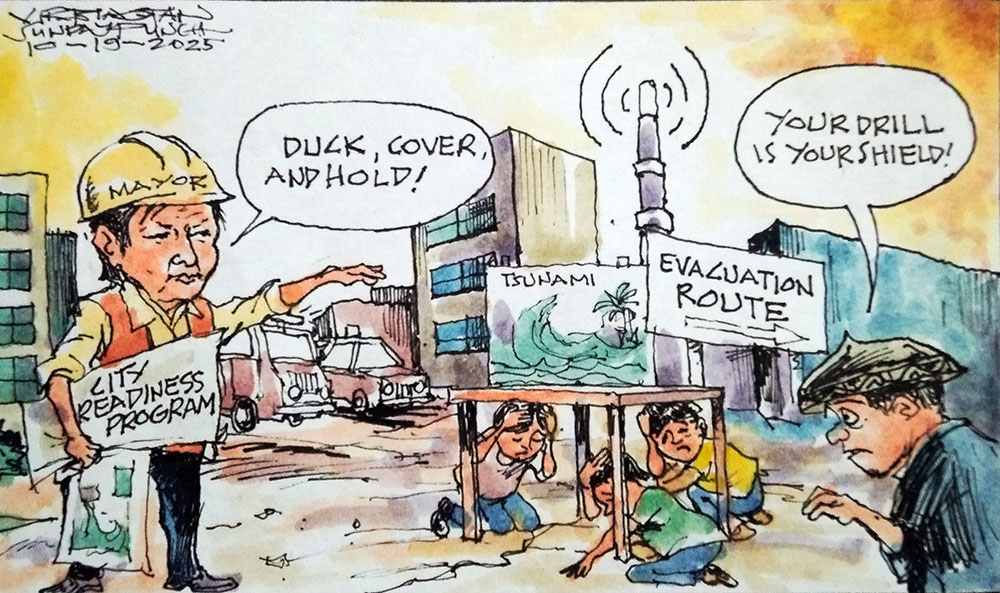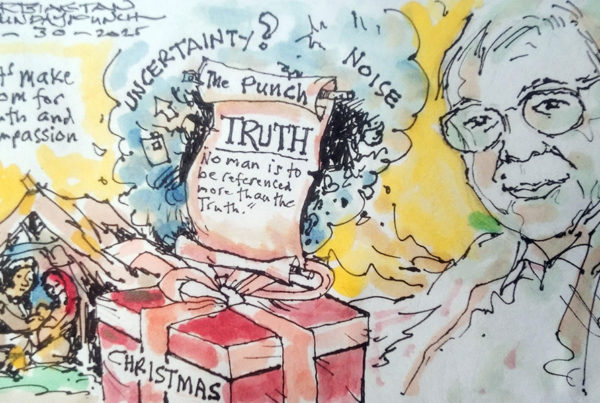
Preparing for the Big One
FOLLOWING the series of strong earthquakes that rocked the country in the past two weeks, many Filipinos are now on edge — fearing “The Big One” that could hit Metro Manila and other parts of Luzon might be next.
No existing technology can accurately predict when or where a strong earthquake will strike. Even the most advanced instruments, or even the most gifted soothsayers, cannot foretell such events. Only God knows when the next major tremor will happen—and if we are true believers, we can only pray that such a deadly catastrophe never comes.
But prayer alone is not enough. We must prepare, stay alert, and hold fast to the rule of readiness. Earthquakes strike without warning — like a thief in the night — and in mere seconds can bury lives and dreams under the rubble.
In a country such as the Philippines that is within the Pacific Ring of Fire, earthquakes come in plenty. Everyone, therefore, must always be on their toes.
The “duck, cover, and hold” rule must be taught repeatedly and routinely to our people so that, wherever they may be, they instinctively know how to protect themselves at the first sway of the ground.
Refusing to be caught flat-footed in case this catastrophe comes, and learning its lesson from the July 16, 1990 Magnitude 7.4 earthquake, Dagupan City, led by Mayor Belen Fernandez, had long been preparing in earnest.
For years, intensified earthquake and tsunami drills among students and barangay residents were ramped up. These were complemented by the city government’s purchase of rescue vehicles, ambulances, fire trucks, tsunami warning devices, and other equipment. Evacuation centers have also been set up, and high-rise buildings identified where people can go when there is a tsunami alert.
Experts have long warned that a major quake could emanate from the Manila Trench in the West Philippine Sea near Bolinao, which could potentially generate a tsunami in Pangasinan and neighboring provinces as high as five to nine meters.
Earthquakes cannot be prevented, but loss of lives and devastation can be minimized if we build wisely and honestly, respond swiftly, and most importantly, train and teach our people so that they will not panic and have the presence of mind to save themselves and their families.









